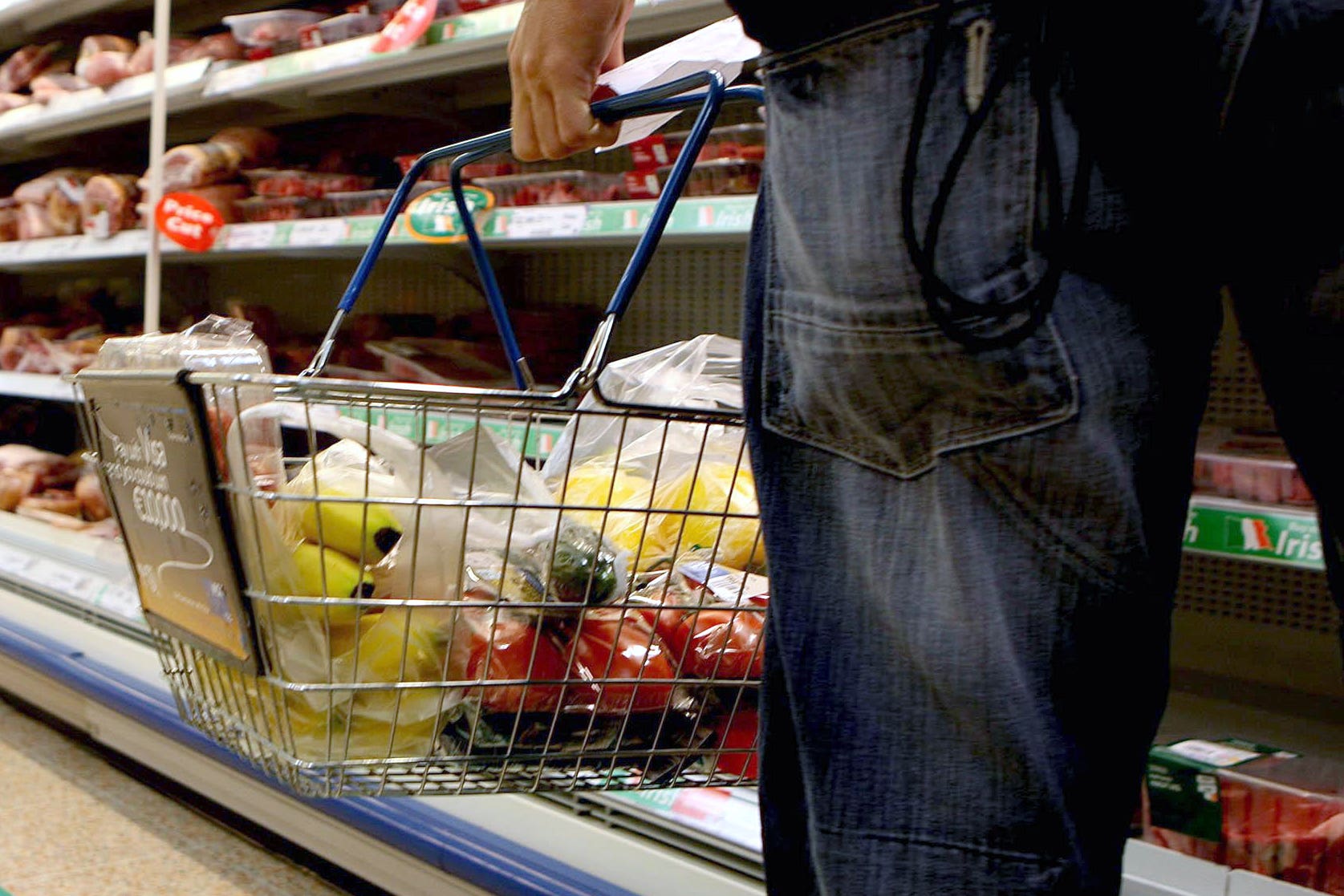Budget and own-brand ranges worst hit by raging supermarket inflation – Which?
Which? found that own-brand and budget ranges have gone up by as much as 18% compared to around 13% for premium ranges and 12% for branded items.

Your support helps us to tell the story
From reproductive rights to climate change to Big Tech, The Independent is on the ground when the story is developing. Whether it's investigating the financials of Elon Musk's pro-Trump PAC or producing our latest documentary, 'The A Word', which shines a light on the American women fighting for reproductive rights, we know how important it is to parse out the facts from the messaging.
At such a critical moment in US history, we need reporters on the ground. Your donation allows us to keep sending journalists to speak to both sides of the story.
The Independent is trusted by Americans across the entire political spectrum. And unlike many other quality news outlets, we choose not to lock Americans out of our reporting and analysis with paywalls. We believe quality journalism should be available to everyone, paid for by those who can afford it.
Your support makes all the difference.Prices of supermarket own-brand and budget products have increased more than premium and branded foods during the cost of living crisis, according to new figures.
Which? tracked annual inflation on tens of thousands of food and drink products across seven months at eight major supermarkets – Aldi, Asda, Lidl, Morrisons, Ocado, Sainsbury’s, Tesco and Waitrose – to find that own-brand and budget ranges have gone up by as much as 18%.
This was compared to around 13% for premium own-brand ranges and 12% for branded items.
Many households have increasingly turned to cheaper products to offset soaring bills in the cost of living crisis, with latest Kantar figures showing own-label sales are up 11.7% year on year while the cheapest value own-label lines are up 46.3%.
Which? found the biggest year on year price increases on supermarket budget food and drink for the quarter ending October 31 were on Creamfields Soft Cheese (200g) at Tesco, up from 49p to 84p – an increase of 72% – and Sainsbury’s Simply Muesli (1kg) which went from £1.20 in 2021 to £2.03 in 2022 – a 70% increase.
The 20 worst budget products for inflation across the supermarkets for the same period also included Tesco products including Hearty Food Co. 2 Garlic Chicken Kievs (260g), Growers Harvest Orange Juice ( 3X200ml) and Rosedene Farms Small Pear Pack (550g) all soaring above 60% in price over the year.
Sainsbury’s groceries also saw some of the highest inflation on budget items, such as its Hubbard’s Foodstore Sparkling and Still Waters (2L), J James & Family Fresh British Chicken Breaded Kyiv with Garlic Butter x2 (240g) and Mary Ann’s Dairy Soft Cheese 200g all going up in price by over 50%.
We know the big supermarkets have the ability to take action and make a real difference to people struggling through the worst cost of living crisis in decades
According to Which? findings, the worst supermarkets for overall inflation on food and drink were Aldi (up 19.6%) and Lidl (19%). However, both discounters still tended to be the cheapest of the big supermarket chains.
The discounters were followed by Asda (15.2%), Morrisons (14.4%), Waitrose (14.2%), Sainsbury’s (13.7%) and Tesco (12.6%). Ocado had the least inflation overall (10.3%).
Sue Davies, Which? head of food policy, said: “Our inflation tracker lays bare the shocking scale of soaring food and drink prices – including on budget and own-brand products.
“We know the big supermarkets have the ability to take action and make a real difference to people struggling through the worst cost of living crisis in decades.
“That’s why we’re calling on them to ensure everyone has easy access to basic, affordable food lines at a store near them, can easily compare the price of products to get the best value and that promotions are targeted at supporting people most in need.”